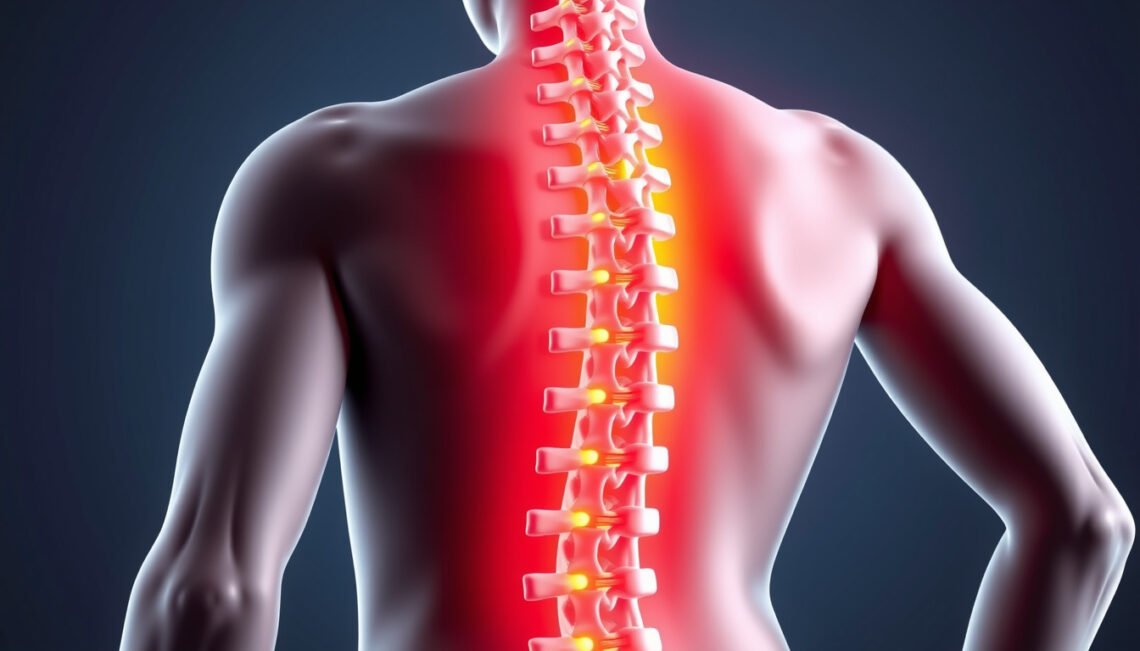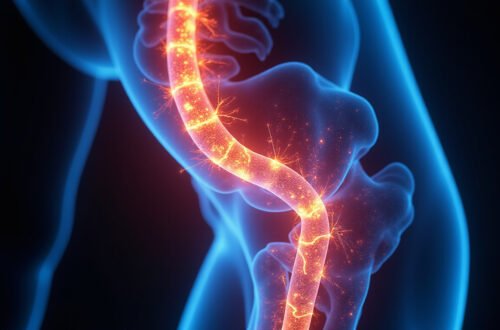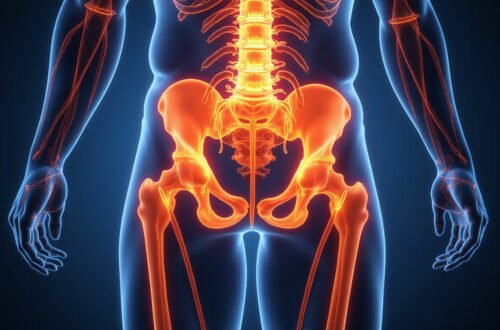If you’re experiencing sharp pain radiating from your lower back down through your legs, you might be dealing with sciatica. Understanding the sciatica causes is essential to managing and treating this debilitating nerve pain effectively. Sciatica occurs when the sciatic nerve—the longest nerve in your body—is irritated or compressed, often leading to symptoms like pain, numbness, and tingling. In this article, we’ll explore the top reasons behind sciatica causes, helping you identify possible triggers of your nerve discomfort and guiding you toward potential treatments.
What Is Sciatica?
Before diving into sciatica causes, it helps to understand what exactly sciatica is. The sciatic nerve originates in your lower spine and branches down both legs. When this nerve becomes compressed, inflamed, or irritated, it results in pain commonly referred to as sciatica. This pain typically affects one side of the body and can vary from mild discomfort to debilitating sharpness that impacts daily activities.
Top Sciatica Causes to Know
Several factors can lead to sciatica, often involving pressure on the sciatic nerve roots as they exit the spine. Below are some of the most common sciatica causes:
1. Herniated or Bulging Disc
One of the primary sciatica causes is a herniated disc. Discs act as cushions between the spinal vertebrae, and when a disc’s softer inner gel pushes out through a crack in the outer shell, it can press on the nerve roots. This pressure leads to nerve irritation and sciatica pain. Bulging discs that have not fully herniated can also cause similar compression.
2. Spinal Stenosis
Spinal stenosis refers to the narrowing of the spinal canal, which can compress the spinal cord and nerve roots, including the sciatic nerve. This narrowing often results from aging, degenerative changes, or arthritis, causing sciatica symptoms typically aggravated by walking or standing for long periods.
3. Degenerative Disc Disease
As discs naturally wear down with age, they lose height and cushioning ability. This degeneration can reduce the space between vertebrae, increasing pressure on the sciatic nerve roots. Degenerative disc disease is a gradual process but a significant contributor to sciatica causes in older adults.
4. Piriformis Syndrome
The piriformis muscle is located deep in the buttock region near where the sciatic nerve passes. If this muscle spasms or becomes tight, it can compress or irritate the sciatic nerve directly, causing sciatica symptoms. This condition is less common but important to consider in cases without obvious spinal causes.
5. Spondylolisthesis
This occurs when one vertebra slips forward over the one below it, pinching the nerve roots and triggering sciatic pain. Spondylolisthesis usually results from degenerative changes, trauma, or congenital defects affecting spinal stability.
6. Traumatic Injury
Accidents or injuries that cause fractures or dislocations of the spine can compress or damage the sciatic nerve, leading to sciatica. Prompt medical attention is crucial if trauma causes sudden onset of nerve pain.
7. Other Causes
- Tumors or infections near the spinal nerve roots
- Pregnancy, due to increased pressure on the pelvis and spine
- Prolonged sitting or poor posture leading to nerve irritation
How to Identify the Root Cause of Your Sciatica
Because sciatica causes range from simple muscle tightness to serious spinal conditions, getting an accurate diagnosis is essential. Here’s how healthcare providers determine the root cause:
- Medical History and Symptom Review: Understanding your pain’s location, triggers, and duration.
- Physical Examination: Checking reflexes, muscle strength, and nerve sensitivity.
- Imaging Tests: MRI or CT scans provide detailed views of spinal discs, nerves, and soft tissues.
- Electrodiagnostic Studies: Nerve conduction tests can help assess nerve damage.
Treatment Options Based on Sciatica Causes
Treatment depends largely on the underlying sciatica causes but often includes a combination of approaches:
- Physical Therapy: Strengthening and stretching exercises reduce nerve pressure and improve spinal alignment.
- Medications: Anti-inflammatory drugs, muscle relaxants, or pain relievers to control symptoms.
- Epidural Steroid Injections: Reduce inflammation around the sciatic nerve in more severe cases.
- Surgery: Recommended when conservative methods fail, particularly for herniated discs, spinal stenosis, or spondylolisthesis causing severe nerve compression.
Prevention Tips: Reducing the Risk of Sciatica
While not all sciatica causes are preventable, certain lifestyle changes help minimize risk:
- Maintain good posture when sitting or standing.
- Engage in regular low-impact exercise like walking or swimming.
- Use proper techniques when lifting heavy objects.
- Maintain a healthy weight to reduce spinal stress.
Frequently Asked Questions About Sciatica Causes
Q1: Can poor posture cause sciatica?
Yes, poor posture can contribute to nerve irritation, especially if it leads to muscle imbalances or spinal misalignment, which are among the sciatica causes.
Q2: Is sciatica caused by a herniated disc always severe?
Not always. Severity varies depending on how much the disc compresses the nerve. Some people experience mild symptoms, while others suffer severe pain.
Q3: Are there any non-spinal sciatica causes?
Yes, conditions like piriformis syndrome cause sciatica by compressing the nerve outside the spine.
Authoritative Insight
According to the American Academy of Orthopaedic Surgeons (AAOS), sciatica often results from herniated discs but can stem from various spinal conditions that compress the nerve. Early diagnosis and treatment improve outcomes significantly (source).

Conclusion: Take Charge of Your Sciatica Causes Today
Understanding the sciatica causes behind your pain is the first step toward effective management and relief. Don’t let nerve pain control your life—seek an accurate diagnosis and personalized treatment plan from a healthcare professional. Whether your sciatica stems from a herniated disc or muscle-related issues, timely care can dramatically improve your quality of life. Start today by practicing healthy habits and consulting a specialist. Your sciatic nerve—and your body—will thank you.






